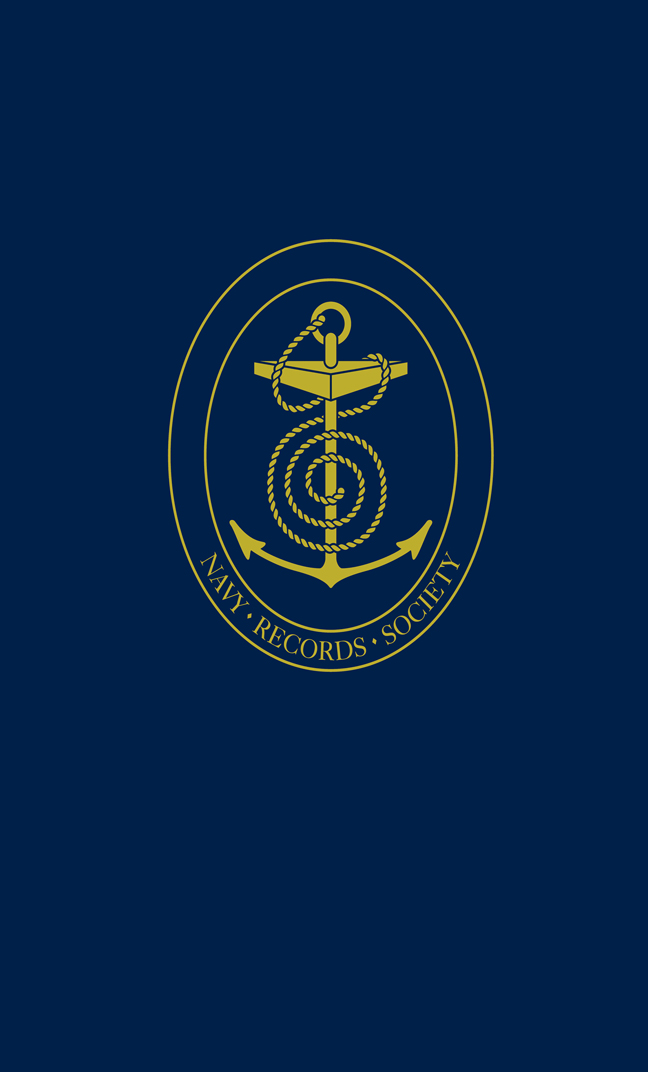Part I - The High Command
Published online by Cambridge University Press: 05 March 2024
Summary
The grand strategy for the winning of the Second World War was the responsibility of the elected heads of state of the three Atlantic powers – Franklin D. Roosevelt, the President of the United States of America, Winston Churchill, the Prime Minister of Great Britain, and Mackenzie King, the Prime Minister of Canada. In practice major decisions were made by the two senior figures, though King made adroit use of his association with the two great leaders, notably at the summit conferences held at the Château Frontenac in Quebec in 1943 and 1944.
Roosevelt had begun the war-long, fruitful and ultimately triumphant partnership with Churchill by writing to him on 11 September 1939, shortly after Churchill had returned to office as First Lord of the Admiralty. FDR, ever the shrewd politician, foresaw that if the war continued for more than a year, or went badly for the Allies, Churchill might well become Prime Minister. Roosevelt told his Ambassador in London, Joseph Kennedy, that he ‘wanted to get his hand in now’. During the years from the autumn of 1939 to the autumn of 1943, they corresponded almost daily, met several times, and sent emissaries when they could not travel themselves; Harry Hopkins, the President's most trusted aide, was a frequent ‘go-between’.
Roosevelt and Churchill had developed a firm working relationship by the latter part of 1943. It was based on a genuine but not truly intimate friendship and, like most relationships, it had its differences, though these were largely political rather than strategic. On grand strategy, they were agreed that their immediate effort must be devoted to overcoming the most serious threat to themselves and their Soviet ally – Hitler's Germany. The ‘Europe-first’ strategy was encapsulated in Admiral Harold R. Stark's ‘Plan Dog’ of October 1940.
Their principal military advisors were the Combined Chiefs of Staff (CCS), which was composed of the British Chiefs of Staff (COS) and the American Joint Chiefs of Staff (JCS). Whereas the British Chiefs had a pedigree going back to 1924, the JCS was newly formed. The CCS, the apex of the military co-operation hierarchy, began during the December 1941–January 1942 meeting of Churchill and Roosevelt in Washington (ARCADIA).
- Type
- Chapter
- Information
- Anglo-American-Canadian Naval Relations, 1943-1945 , pp. 1 - 100Publisher: Boydell & BrewerFirst published in: 2024

